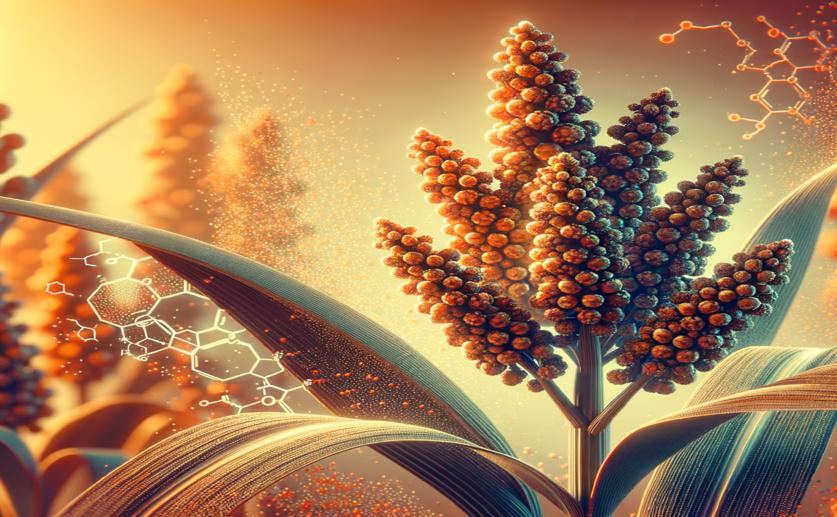
Understanding Sorghum's Response to Pests Using Gene and Chemical Analysis
Greg Howard
12th June, 2024

Image Source: Natural Science News, 2024
Key Findings
- Researchers at Hebei Agricultural University studied how sorghum plants respond to aphid infestations
- Sorghum plants produce specific compounds that deter aphids and reduce their growth
- Sorghum releases certain chemicals that attract natural predators of aphids, providing an indirect defense
References
Main Study
1) Combining transcriptome and metabolome analysis to understand the response of sorghum to Melanaphis sacchari
Published 11th June, 2024
https://doi.org/10.1186/s12870-024-05229-8
Related Studies
2) Sorghum genetic, genomic, and breeding resources.
3) Mechanisms of plant defense against insect herbivores.
4) Comparative genomic analysis of C4 photosynthetic pathway evolution in grasses.



 8th June, 2024 | Jenn Hoskins
8th June, 2024 | Jenn Hoskins